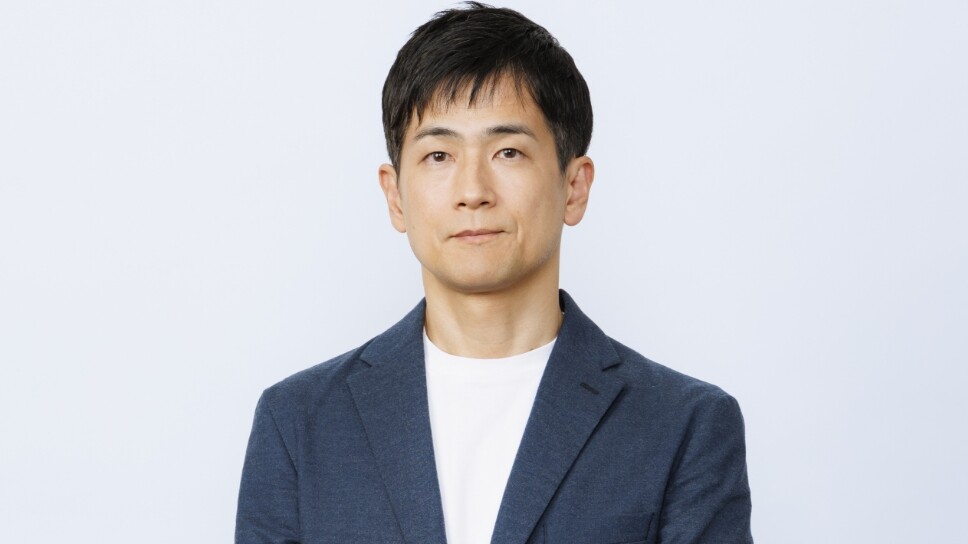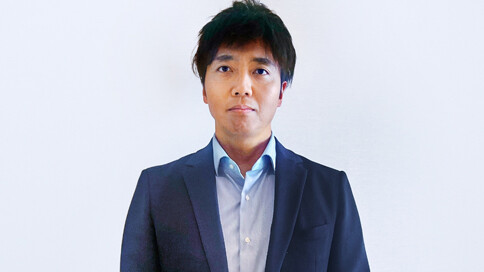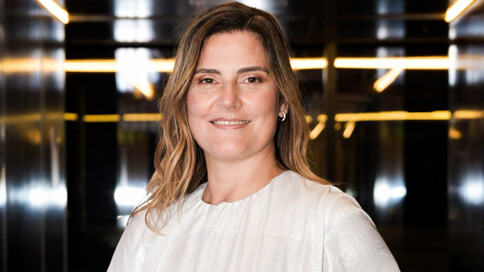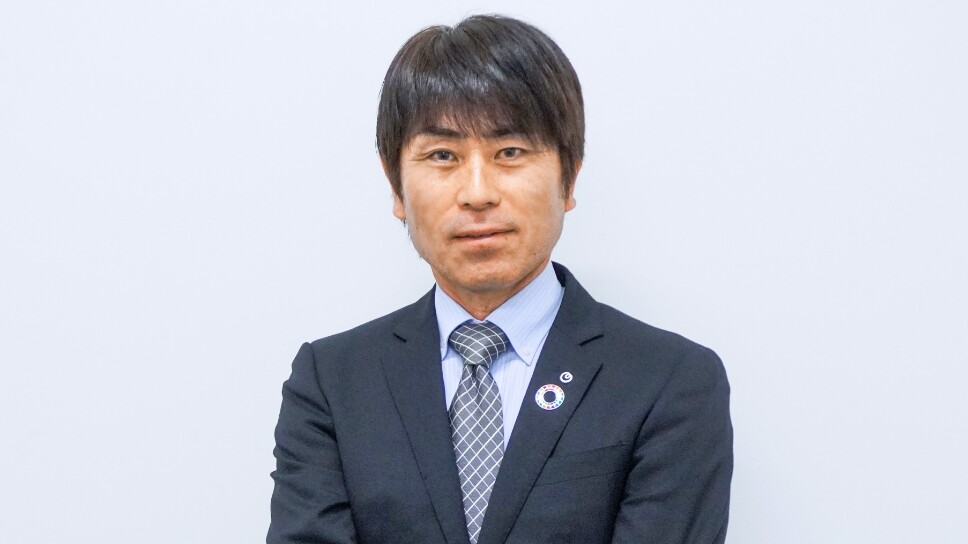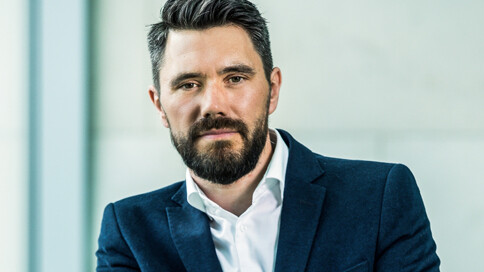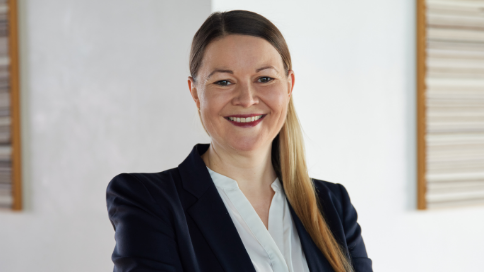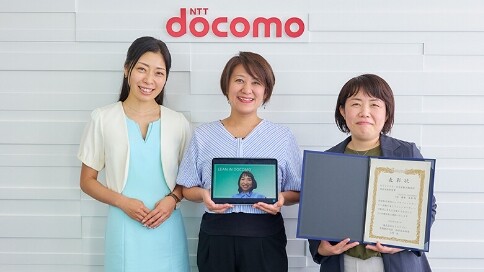Microsoft ends support for Internet Explorer on June 16, 2022.
We recommend using one of the browsers listed below.
- Microsoft Edge(Latest version)
- Mozilla Firefox(Latest version)
- Google Chrome(Latest version)
- Apple Safari(Latest version)
Please contact your browser provider for download and installation instructions.
NTT's Sustainability Efforts
The perspective of researchers always taking on challenges in new business areas with the aim of increasing energy-efficiency technologies for buildings
Nippon Telegraph and Telephone Corporation Smart Data Science Center (at time of interview)
Midori Kodama


Seeking energy-efficiency of air-conditioning systems that account for 40% of building energy consumption
We consume a lot of electricity in particular for running air-conditioning systems that are essential in summer and winter. These costs are all the more higher for large structures like office buildings, more so than residential homes. With trends around the world leaning toward decarbonization, there is a growing need for energy-efficiency as a way of reducing CO2 emissions, in addition to economic factors.
NTT Smart Data Science Center researcher Ms. Kodama is addressing the issue of energy-efficiency of air-conditioning systems used at these buildings. We think that the underlying source of inspiration is her "desire to be involved in technology used around the world."
"I feel that NTT is not only pursing profits, but is comprised of so many people who are seeking to make a positive contribution to society. As a researcher, I decided to join the company because I felt there was an environment here that allows employees to concentrate on advanced technologies and issues, instead of only short-term goals." (comment from Midori Kodama also follows below)
Ms. Kodama and three other members are part of a research group that is currently developing an AI-based building air-conditioning control system. Successfully developing an air-conditioning control system that is both energy-efficient and that creates a comfortable workplace will not only save on electricity costs, but will also help cut CO2 emissions.
"Around 40% of the energy consumption at ordinary buildings is said to be used for air-conditioning systems. Indeed, buildings do make up a significant amount of the total CO2 emissions throughout Japan. The technology that we are developing may lead to a reduction in CO2 emissions in Japan. This is what makes this research so appealing."
Feed-forward air-conditioning control with AI predictions based on small data set
Air-conditioning systems used in large buildings have a time lag before internal temperatures respond to any settings that are changed--a comfortable temperature cannot be attained by controlling the air-conditioning based on real-time data.
To address this, Ms. Kodama and her team began development of "feed-forward control" that controls the air-conditioning based on future predictions made using AI. Yet the problem with this approach is that it required a vast amount of data.
"Comfortable air-conditioning control is determined based on various variables such as temperature, humidity, airflow, or what activity people are engaged in. Making predictions for these variables using AI requires at least two months of data from the building the system is be installed in. And we all know that the season could change in two months."
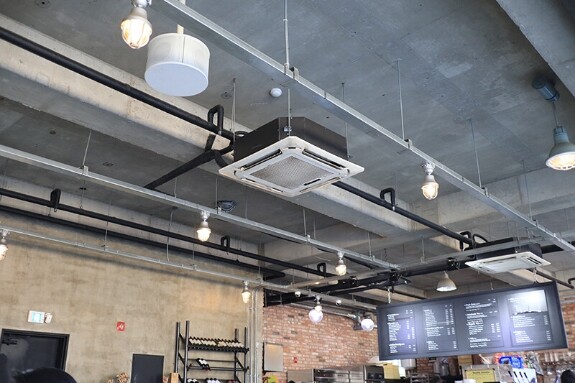 Air-conditioning system used in office buildings.
Air-conditioning system used in office buildings.
Changing temperature settings when it feels too "hot" or "cold" does not immediately result in a comfortable temperature
So Ms. Kodama and her team set themselves a new goal of making predictions with AI using a smaller data set. This was based on fluid analysis that calculates the flow of air resulting from the building's structure.
"The method we had used until that point was making AI predictions by only using past data on comfort levels, like temperature and humidity. Our new approach was to supplement these predictions with data on the location of entries and exits or where outside air flows in from, as identified by the structure of the buildings and our understanding of the laws of physics. With this, we anticipated that we could make AI predictions using a small amount of data."
Fluid analysis was a completely new field for Ms. Kodama. She studied the basics from scratch and spent three months putting together a system, but the early versions did not operate very well.
"When we entered the structural conditions, the simulation results indicated a temperature of 4000°C. No matter how many times we tried, the resulting numbers were completely unrealistic. We actually gave up for a while."
Yet she persevered and came up with a way of adjusting settings in more detail, which allowed high-accuracy predictions to be made. And so the "optimal air-conditioning control scenario calculation technology" was developed, to predict comfort levels using as little as three days measurement data and calculate the optimal air-conditioning scenario.
While Ms. Kodama specializes in data analysis, having to study a completely new field like she did for this project is not unusual.
"Understanding the data being analyzed is so important for data analysis. Even if that is a field that you are not familiar with, you need to take on such challenges without being intimidated by new fields. I personally like studying new things and trying them out with trial and error. It might actually be thanks to NTT's research labs that I am able to devote my time to researching new areas without knowing how smooth things might go."
Air-conditioning systems that reduce energy consumption by 50% operating in buildings all around Japan
In the summer of 2021, NTT ran a demonstration experiment together with the JR East Group. This demonstrated the "optimal air-conditioning control scenario calculation technology" developed by NTT in the office lobby of JR Shinjuku Miraina Tower.
"I also went down to the building in Shinjuku. The AI control had set the temperature higher than that of a normal building but it was comfortable, and that gave me peace of mind. The system is controlled without being noticed by people visiting the building, so I did not receive any words of praise. Yet I consider it a success because nobody complained about the temperature. This is because behind the scenes, the system was running more energy efficiently."
The results of the demonstration experiment revealed that the air-conditioning system's energy consumption was reduced by approximately 50%, while maintaining a high level of comfort. Efforts are currently being made with various NTT Group companies to study the practical application of this technology.
"We have already received inquiries from a range of companies that are interested in installing this system. If we are able to incorporate this service into platforms that run building air-conditioning systems, the technology might be picked up quickly in buildings throughout Japan. And if the amount of energy consumption for air-conditioning at buildings around Japan can be reduced by 50%, the advantages will definitely be significant."
Technology has value only if it is used
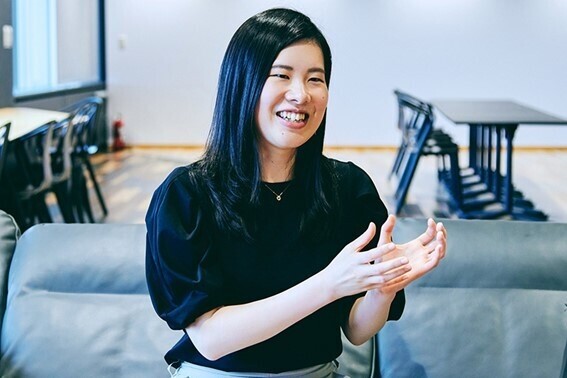
"I want to develop technology that is used around the world with a view to the future, instead of only the short-term." Ms. Kodama joined NTT with this vision in mind, and she has been conducting her research while recollecting the phrase engraved on the monument outside the NTT Musashino R&D Center.
"Let's conduct research by drawing from the fountain of knowledge and providing specific benefits to society through practical applications" (Goro Yoshida, the first director of the Electrical Communication Laboratory of Nippon Telegram and Telephone Public Corporation)
Just like this phrase, Ms. Kodama is also of the belief that "research results only have significance when they are used by many people." When someone pictures a researcher involved in data analysis, they might think that they are only dealing with numbers. Yet Ms. Kodama's work actually begins by addressing an issue that customers are facing.
"You need to listen carefully to each individual customer, or you might not see the overall needs of society. Identifying any potential needs that customers have and incorporating them into technology is my job.
You might think of a researcher's work as writing papers based on academic data, but my style actually involves going out to sites to acquire data. Naturally I also write papers, and I also think that this is an important step for increasing the scope of technologies through society. Yet my main source of motivation is supplying this technology to people around the world in a form that benefits them."
Sustainability
NTT STORY
WEB media that thinks about the future with NTT



